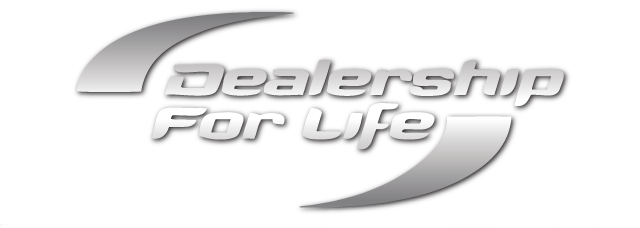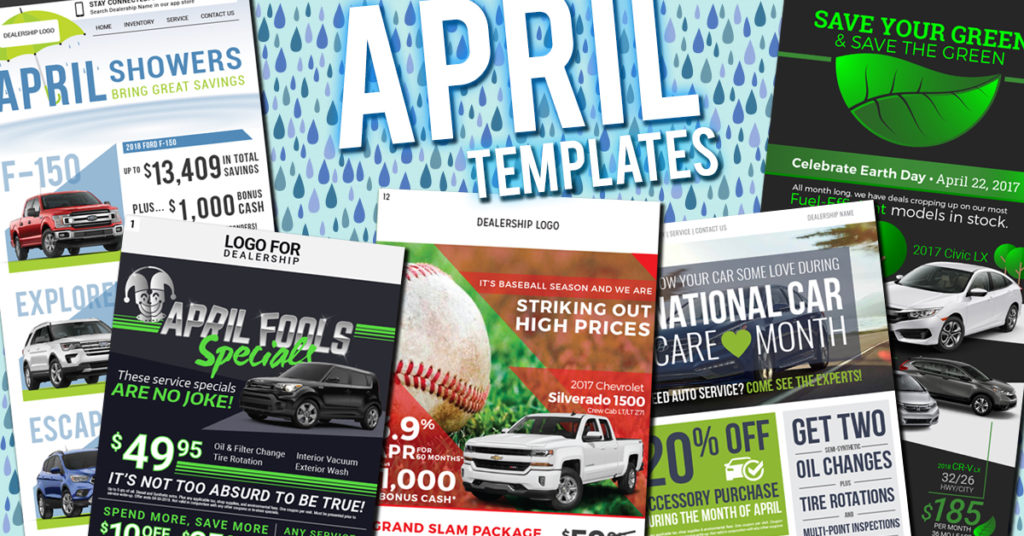My career has necessitated a lot of air travel over the years. During that time, I only flew one airline, so I could get all the points and perks that go with an airline trying to make me a loyal customer, and they did.
For about 15 years, I never flew another airline. They sent me a bag tag that said I was in their million-mile club. I got free upgrades to their airport club, extra reward points, first-class seats and on and on. You would think they had retained a customer for life … but they didn’t.
In the last 12 years, I have again flown over a million miles on another airline and never used the first airline again, even though the rewards with the first airline were far greater. The reason was simple; the first airline constantly jerked you around with almost everything they offered. The “free” airport club ended up having to be paid for. The rewards points needed for a free flight would double or triple every time I wanted to use them. There were constant blackout periods every time I wanted to redeem my points. The final breaking point was when I sent four letters to the company complaining about the treatment they were giving a customer who flew over 100 flights a year and no one answered any of them.
This is a cautionary tale of what can go wrong when you want to send a message to the customer about what a great place this is to do business, but the consistency of that message is never followed through and it ends up doing more harm than good.
As we work harder and harder to keep customers from defecting, we must keep in mind that this message begins with our people. We start out with our core principles and design a program around these values. We design what we think is a great loyalty program that should grow our business year after year. We allocate funds to give teeth to our message. Then we forget to train our staff on the message. Everyone needs to get on the same page. Once our branding message is developed, it should be presented to the entire group and not only reviewed but rehearsed with the word tracks that we expect to accompany our values.
A good way to design your values is around your retention program. The benefits we design for our customers should reflect how important they are in the relationship. When we set up certain things like car washes, loaner cars, oil changes or rewards programs, we are telling the customer how much we appreciate their business. However, it is critical that at the same time, this message is developed the same way and delivered the same way, every day. If we are offering a rewards card but no one talks about it or helps the customer redeem their points, what good is it? If a core value is to treat our customers with respect and we don’t even have time to say thank you, what message are we sending?
If we have taken the time to design a program to help retain the customers then we need to go the extra step to design a method to train and supervise what we want the customer to hear. There should be monthly training classes (both group and individual) for everyone who interacts with the customer. We should solicit ideas from everyone on how to improve the program. In these meetings, review the surveys and see what customers think about their experience. Get input on what tools we need to develop the message. For example, websites, apps, digital marketing are all things we can use to get our benefits in front of the customer. We can’t communicate enough with the customer nor for that matter listen enough.
I spend about $75,000 per year flying on business. In the last 12 years, the original airline I flew lost almost a million dollars of my business. Not because they didn’t take the time to design a great program but the implementation of that program and their method of communicating it was terribly flawed. The same thing can happen in almost any business if we don’t take the time to train and develop everyone to do the same thing every day, every time, without fail, no exceptions.
-Jack Garrity


